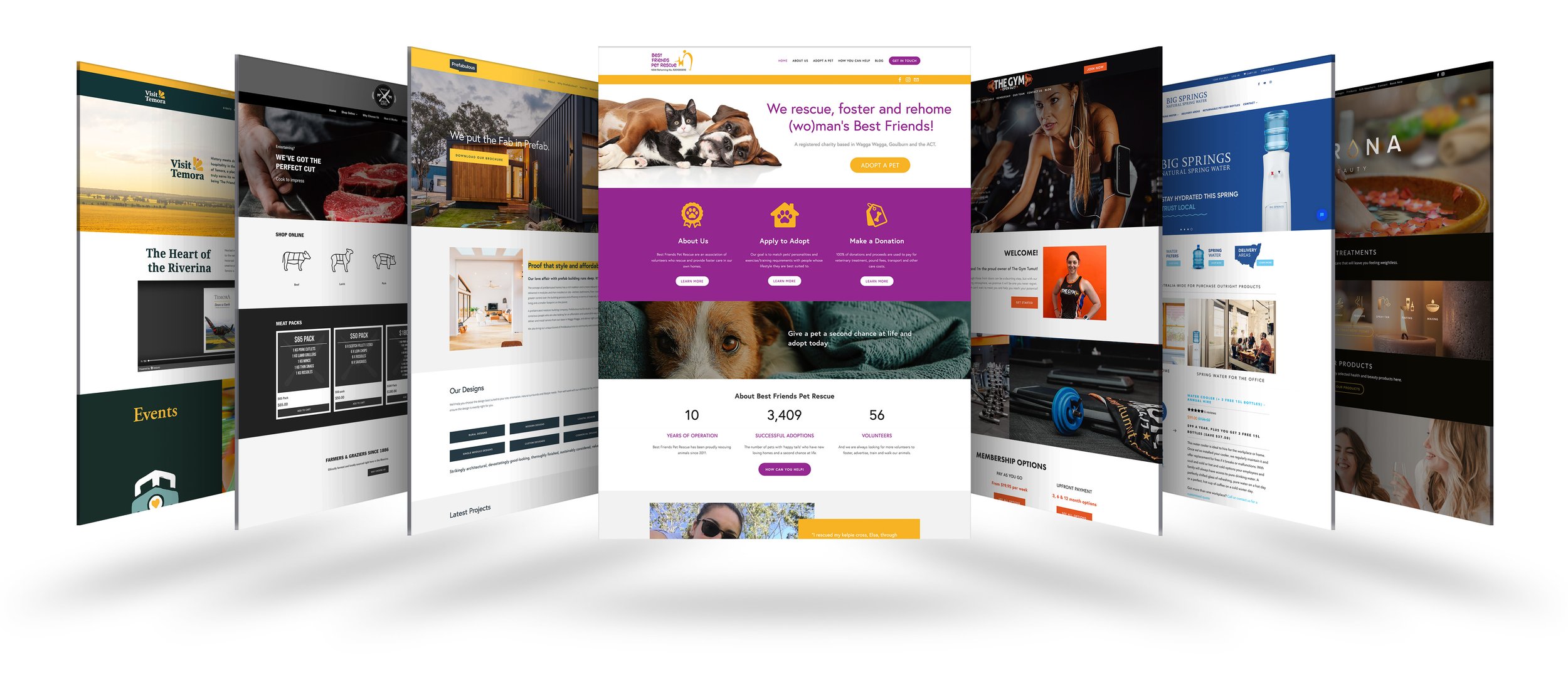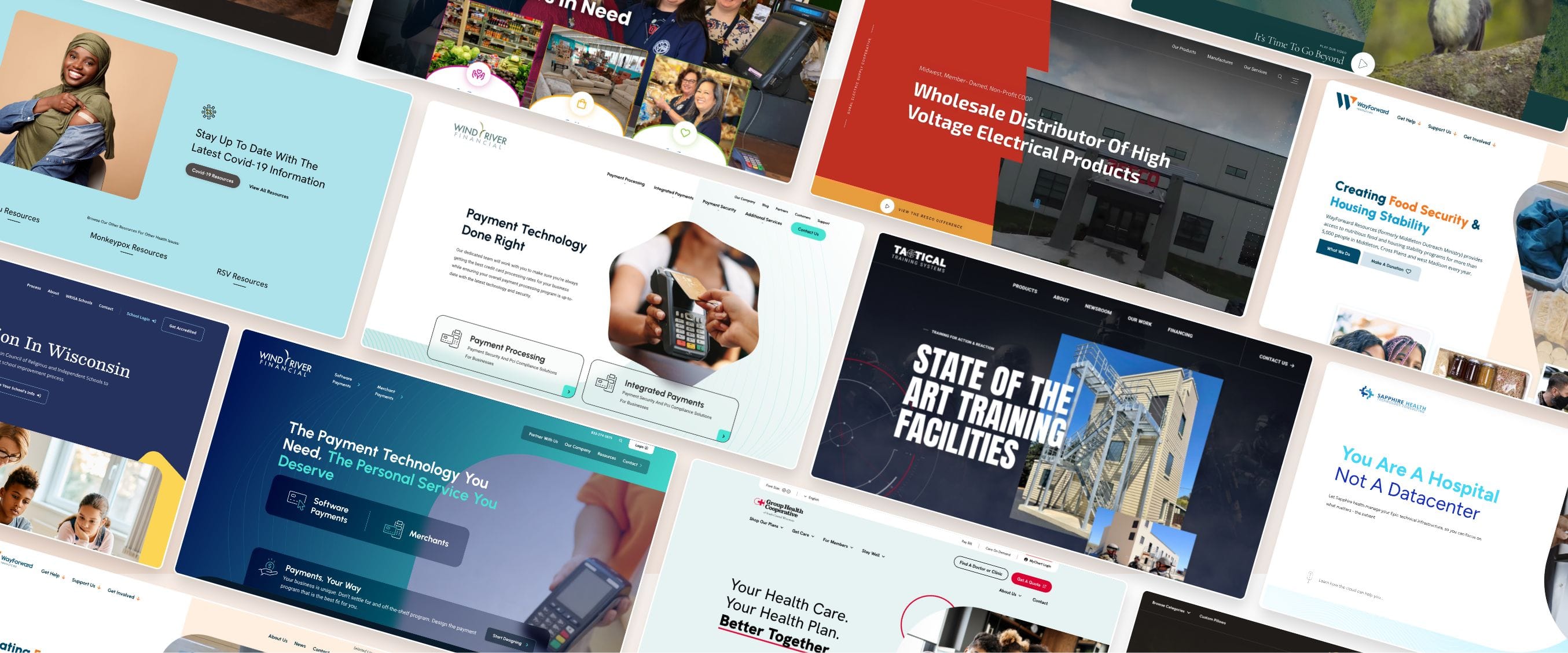Top Tips for Developing an Impactful Web Site Style That Converts
In today's electronic landscape, the importance of an impactful website design can not be overstated, particularly when it comes to transforming visitors into clients. To accomplish this, one have to take into consideration a variety of elements, including comprehending the target audience, focusing on individual experience, and maximizing for mobile systems. In addition, the critical usage of compelling call-to-actions and a well-defined visual hierarchy plays an important function in assisting individuals with their journey. As we discover these essential components, it comes to be obvious that the success of your website pivots on greater than just looks; it calls for a thoughtful technique to style and functionality.

Understand Your Target Market
Comprehending your target audience is basic to efficient website layout, as it prepares for creating an interesting individual experience. Identifying that your individuals are, including their demographics, preferences, and actions, allows designers to customize the website's web content, design, and functionality to fulfill details requirements.
Conducting thorough marketing research is vital in this process. Studies, interviews, and analytics can give important understandings into customer expectations and discomfort factors. By compiling this information, developers can create customer identities that represent various sections of the target market, making certain that style choices are notified and pertinent.
Moreover, comprehending the target market aids in choosing ideal style components such as color design, typography, and images that resonate with customers. A website that speaks directly to its audience fosters a feeling of link and depend on, encouraging longer visits and higher conversion prices.
Inevitably, a user-centered strategy to website style not only improves customer complete satisfaction yet also sustains company purposes by driving involvement and commitment. By focusing on the needs and preferences of the target audience, a site can successfully offer its objective and attain wanted end results.
Prioritize User Experience
To enhance the overall effectiveness of a site, prioritizing individual experience (UX) is necessary (Website Design). A properly designed UX makes certain that site visitors can browse the website easily, locate info swiftly, and involve with material meaningfully. This causes boosted individual satisfaction and greater conversion prices
Begin by carrying out user-friendly navigation. Menus ought to be realistically structured, allowing customers to situate crucial areas of the site with minimal initiative. Uniformity in style elements, such as color design and typefaces, cultivates knowledge, which is critical for keeping customer interaction.
Furthermore, consider the filling rate of your site. A delay of simply a couple of secs can result in considerable drop-offs, as individuals are less likely to wait for a slow-loading page. Streamlining images and enhancing code can enhance performance and retain site visitors.
Additionally, clarity in content discussion is crucial. Use concise, interesting language and separate message with visuals to boost readability. By prioritizing individual experience, you not just create a much more enjoyable atmosphere for site visitors yet also enhance your brand name's reliability. Eventually, an visit their website emphasis on UX is an investment in the long-lasting success of your web site.
Optimize for Mobile Gadgets
Enhancing for mobile gadgets is critical in today's digital landscape, where an enhancing variety of customers gain access to internet sites via smartphones and tablets. A mobile-friendly design not only enhances individual experience but also plays a substantial role in enhancing internet search engine positions. To accomplish this, it is vital to take on a receptive style that immediately adapts to different screen dimensions and alignments.

Loading rate is another vital factor; mobile individuals are commonly less individual and anticipate fast accessibility to details. By prioritizing mobile optimization, you make sure that your website stays affordable and effectively engages a more comprehensive audience.
Use Engaging Call-to-Actions
A website's efficiency often hinges on its capability to lead site visitors towards desired actions, making engaging call-to-actions (CTAs) vital elements of layout. CTAs work as the crucial points that guide customers to engage with the official site website, whether that means making an acquisition, registering for an e-newsletter, or downloading a source.
To develop efficient CTAs, clearness is vital. Usage concise language that clearly communicates the activity you desire the individual to take.
Additionally, take into consideration utilizing directional cues, such as arrowheads or images, to lead individuals toward these buttons. By concentrating on these elements, services can dramatically improve user interaction, driving conversions and ultimately attaining their site's objectives.
Concentrate On Visual Power Structure
Efficient website style relies greatly on a well-structured visual pecking order that guides individuals via material flawlessly. By organizing components in a manner that focuses on information, developers can enhance customer experience and facilitate decision-making. This includes making use of size, shade, comparison, and spacing tactically to attract interest to one of the most important components of a web page.
Using larger typefaces for headings and subheadings establishes a clear difference between various areas, enabling customers to scan material easily. Additionally, utilizing different colors for buttons and calls-to-action can record user focus and motivate communication. Whitespace is another crucial component; it stops mess and makes it possible for users to concentrate on key messages without diversions.
Photos and graphics should match the text while likewise sticking to the established pecking order, strengthening the general message (Website Design). Uniformity in layout components, such as color pattern and typography, further strengthens the visual pecking order, making navigation instinctive

Final Thought
To conclude, efficient site layout requires a comprehensive understanding of the target market, prioritization of user experience, and mobile optimization. The calculated use engaging call-to-actions and a distinct aesthetic pecking order additionally boosts user engagement. By implementing these concepts, internet sites can accomplish higher conversion prices, making certain that layout aspects not only bring in site visitors but also promote smooth navigation and communication. Eventually, a well-executed site layout works as an essential element in driving user activities and accomplishing company purposes.